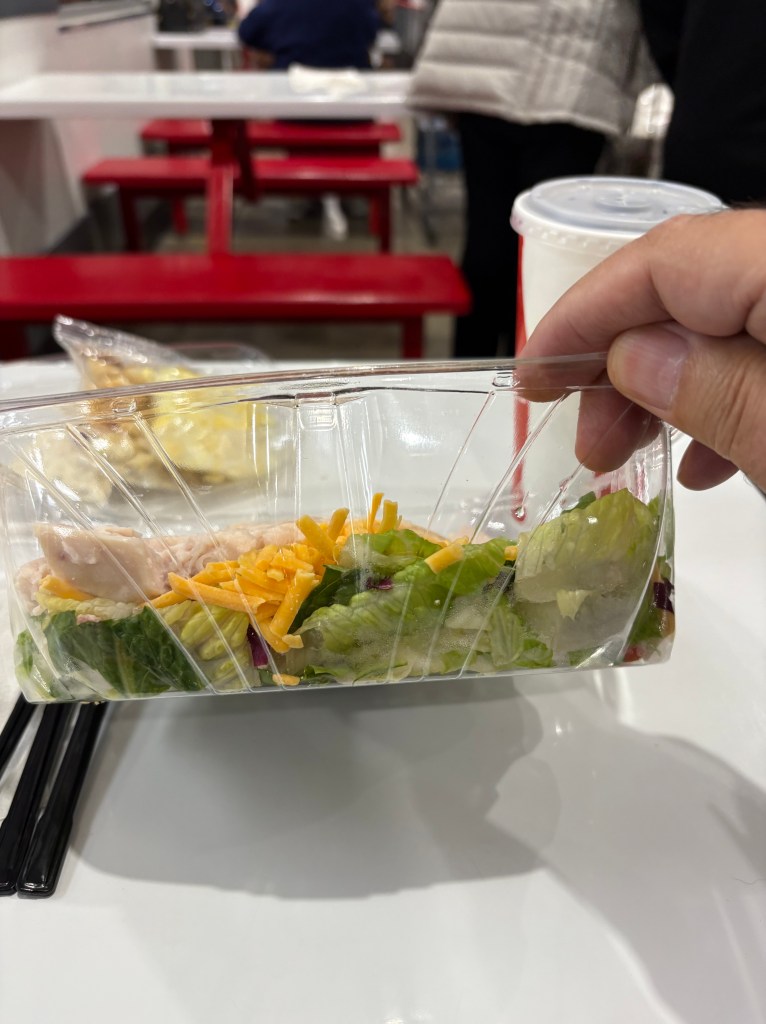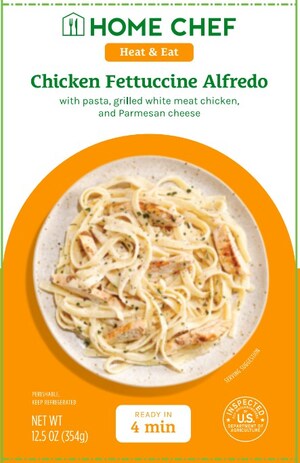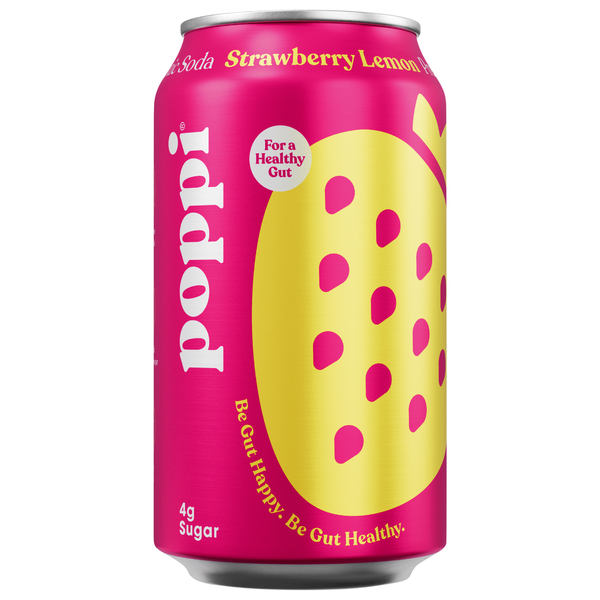If you’ve started your Thanksgiving food shopping, you know food prices are through the roof. One store I shop that sold romaine lettuce hearts for $2.99 last year has them for $6.99 this year for example. Its likely imported.
So how do you survive, and enjoy, this Thanksgiving? Track down every bargain you can.
I spent roughly $70 today at a local Jewel, for example, but everything I bought was on sale and so I saved $40 on my bill.
I’m headed to a second store Tuesday to find more bargains, you can’t buy everything you need at one store and expect to save money this year.
Look non-traditional places too. I found light mayo at a dollar store for $1.25 for 10 ounces, for example.
A 20-ounce bottle at my local Jewel was on sale for $3.99, or $2 for 10 ounces if you do the math. This year, more than ever, DO THE MATH.
Good luck.













